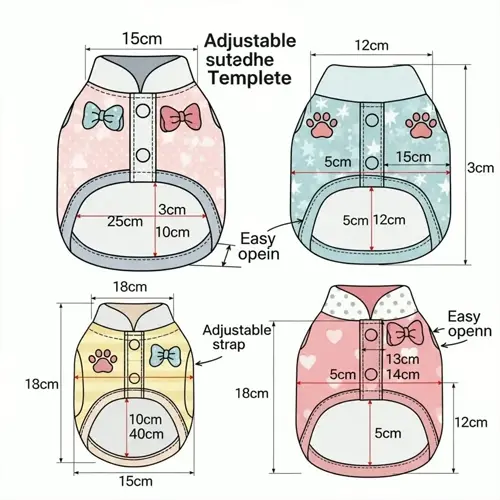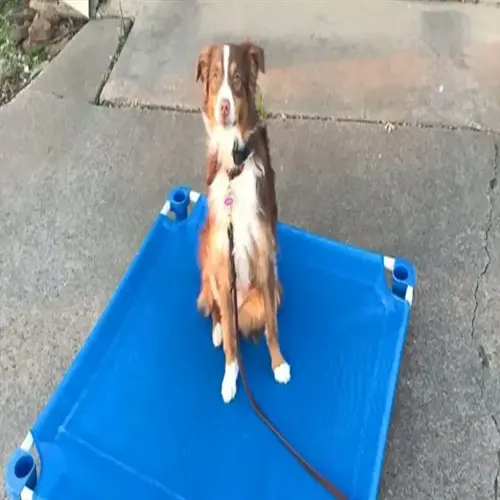How do I start teaching my dog to fetch?

Written by
Kailani Okoro
Reviewed by
Prof. David Walsh, Ph.D.To start fetch training with your dog, begin with the basics first. Never rush into throws before building the dog's knowledge of the basic commands. Using high-value treats like dried liver in exercises is a must at first. Work in short sessions so that your dog stays interested and then builds on that interest.
Toy Introduction
- Use high value treats to reward initial toy interest
- Begin with gentle mouth contact encouragement
- Progress to brief 2 second holds before throws
Control Setup
- Attach 10m drag leash for gentle redirection
- Start indoors with minimal distractions
- Position yourself facing your dog initially
Session Management
- Limit first sessions to 3 4 minutes
- Stop before signs of boredom appear
- Schedule consistent daily practice times
Treat selection is crucial to the success of early training methods. I always feed reluctant starters meat paste. Kibble fails to be exciting enough. Special rewards should only be used at training sessions. This provides them with an exciting description that has maximum effect.
Look for engagement signals such as wagging tails or ears pointing forward. If your dog looks away, shorten the distance right away. Do not force interactions. You can also develop positive associations by waiting it out. Reinforce every little success with happy praise. Thus, giving your dog the feedback "Good boy, Girl" and moving along!
Introduce verbal cues only after physical cues occur consistently. If you toss a toy, say 'fetch' immediately after throwing it. Use drop when treating an object. Use the same commands for each person in the family. The clearer the verbal cue, the less confusion you create in the critical time of learning.
Tackle faults like rushing throws and long sessions. Start at nose level, toss to avoid intimidation. If your dog won't engage, go back to hold. If a pattern suddenly changes, check for physical discomfort.
Read the full article: 7 Step Dog Fetch Training Guide

